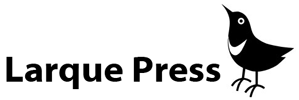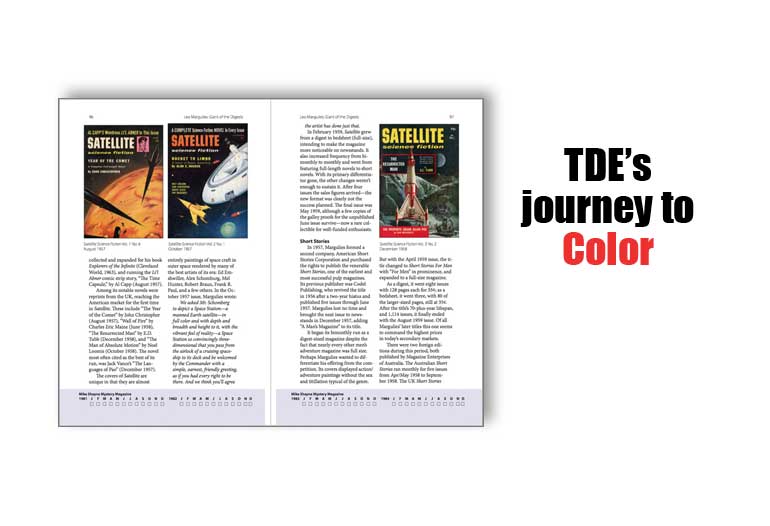If there’s one thing readers of The Digest Enthusiast’s print edition want, it’s color. Me too. It’s something I’ve worked the numbers on many times over the past five years. With KDP (formerly CreateSpace aka Amazon) a printed color equivalent of the b&w TDE would run $25 or more. The “or more” would be another $6 to earn 35¢ a copy in expanded distribution (Barnes & Noble, etc). I played with page counts and page sizes, but the numbers never worked.
In November, Lulu.com sent me an invitation to their work-in-progress Beta site, which offered two color options, Standard and Premium. The Premium looked as high as KDP, but the Standard option looked promising. I worked up a color version of TDE10, submitted the files, and ordered a proof. It looked great. In comparison, Lulu’s cover didn’t have quite the depth of KDP’s, but the step up to a color interior was more than worth the trade-off.
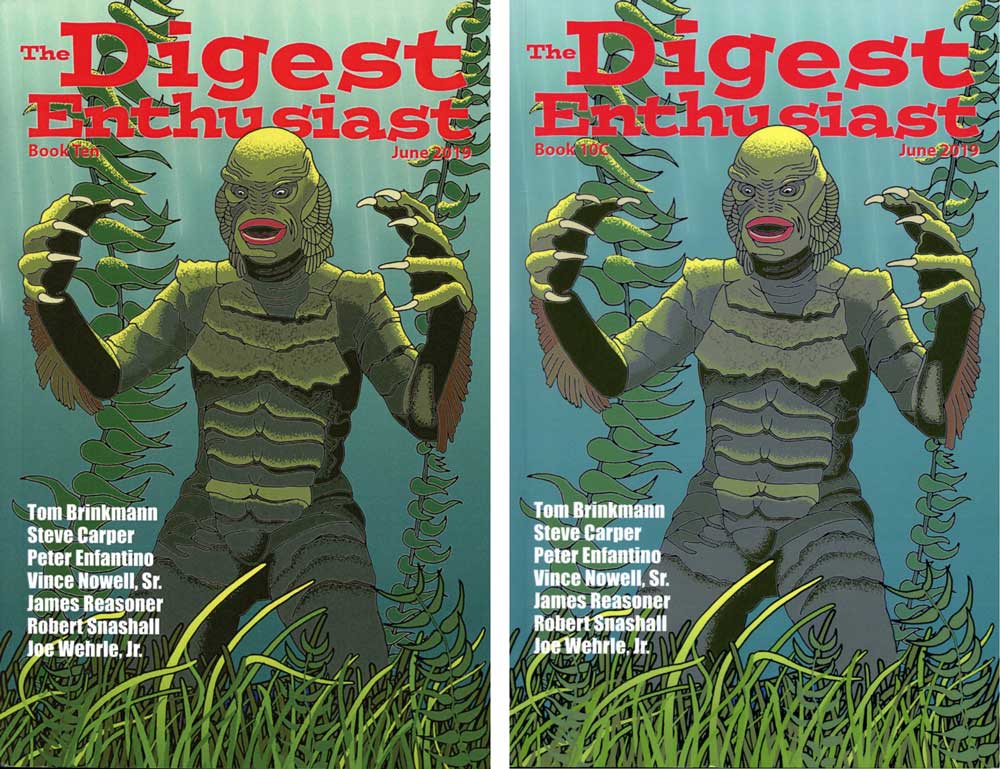
I was ready to switch to Lulu until I found out their Beta site wouldn’t go live until late in the first quarter of 2020. I may try them in June for TDE12, but TDE11 was due in January. I thought about continuing with KDP in b&w, but having seen what’s possible, I couldn’t go back.
Alec Cizak had explored working with IngramSpark (IS) a year earlier for Pulp Modern, but didn’t end up using them. They offer a full service to publishers, but unlike KDP, they aren’t selling to end users, they’re selling to booksellers. That means a built-in bookseller margin that’s substantially larger than the publisher’s. Still, their distribution channel is significantly larger than amazon’s, and amazon is included. They also offer both Standard and Premium color options.
Moving from a direct channel like amazon, to an indirect channel is risky. Sales numbers will lag, so I won’t have a good idea how a color TDE is being received until months after the fact. The price increase to $18.99 may kill its appeal. It’s a gamble, but also a chance to learn more about publishing and potentially reach a wider audience, which includes libraries—an area where the book could do very well if given the chance.
Getting started with KDP offers no overhead. The whole production process and the ISBN number is free. With IS you need to bring your own ISBNs, purchase the setup ($49), and incur a charge to revise your book file if a last-minute change is required ($25 ea.). It’s not cost prohibitive, but does give you pause if you’re not confident you can get it right the first time.
Unlike Lulu, IS requires 1/8” clear space in the gutter of pages that bleed, to ensure the best adhesion in bindery. I was a little concerned it would show, but it was undetectable on the printed proof.
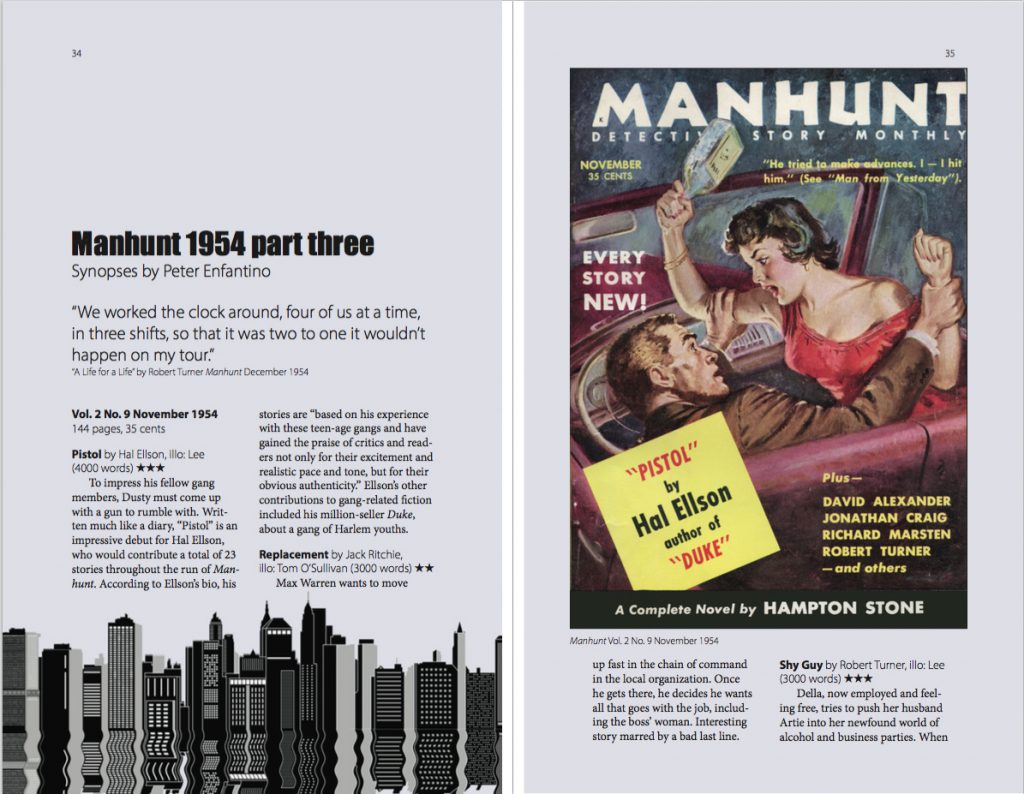
IS also provides a conversion service to convert your book’s PDF print file into an ePub file which it uses to distribute your book to a wide range of eBook vendors—Kindle, iBooks, Nook, etc. Their fee is $60 a page, so a 160-page book costs $96.00. You can supply your own ePub file, but that’s the only format they’ll accept. I couldn’t figure out how to generate an ePub file that would maintain TDE’s page design, like the Kindle Create tool. I considered hiring IS to convert the PDF file, but they don’t have an option to upload a PDF that’s specifically for the ePub. They use the print book file. I couldn’t do that. I create a separate file for the eBook layout with even margins all around. (Printed book files have a generous margin on the gutter side of pages to allow for bindery. Plus with IS, you’ve got that 1/8” white space on all the pages that bleed. Not acceptable.) Finally, you need a separate ISBN number for the ePub version of your book.
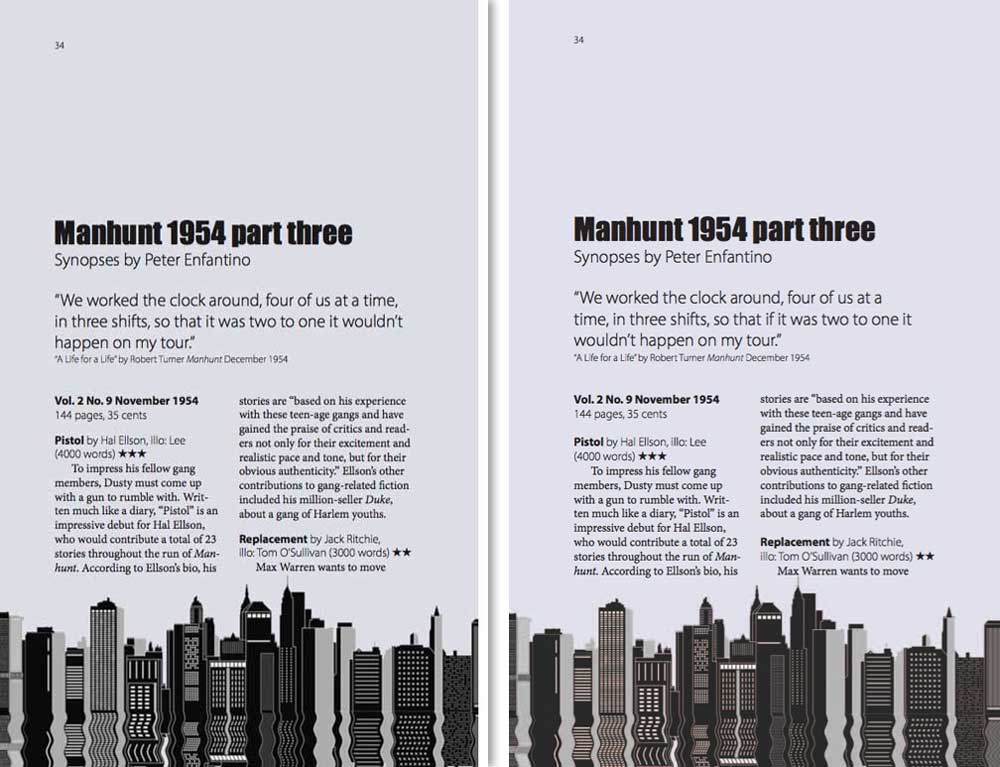
For TDE11 I moved to IS for the printed book, and stayed with KDP for the Kindle version, using the Kindle Create tool to produce the print-replica look I wanted. I’m missing out on all the other eBook platforms, but maybe Lulu will offer an alternative when their Beta site goes live.
I ordered a printed copy of the book from IS before I released the file for distribution. They offer several print production and delivery options. The costs to speed up production of the book are reasonable, but I thought their quicker delivery options were overpriced. I selected their least expensive shipping option, about $4.25, It took ten days for the proof to arrive, not including the production time. A speedier delivery would have cost many times that. A little book like TDE11 can ship first class for about $5.50 and arrive in three days, so I don’t understand their shipment pricing.
IS also charges a $1.99 handling fee for every publisher’s order. So plan ahead, if you order one copy or ten, you’ll pay the $1.99 handling fee.
After I approved the printed proof, I enabled distribution. The book showed up on amazon a couple of days later. Three days out it is not available from Barnes & Noble, Powell’s, or Quimby’s, but I’m hopeful it will be soon.
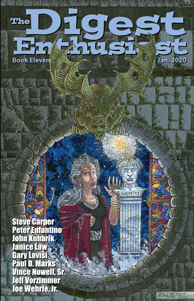
Overall, I’m very happy with IngramSpark. They offer a quality color printing service and a distribution reach that includes amazon and beyond. I hope their services will enable TDE11 to reach more readers. We’ll find out in the months ahead.
